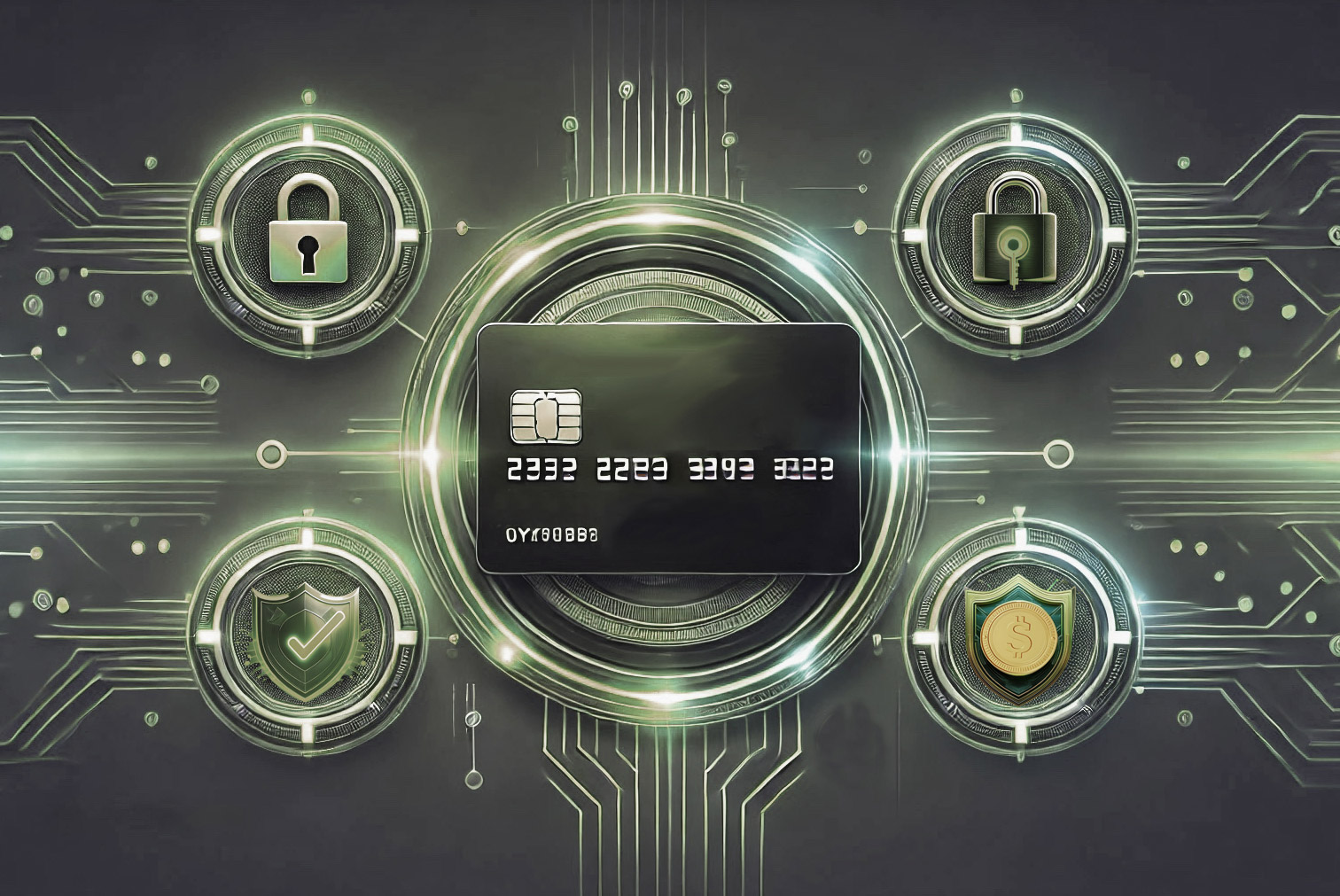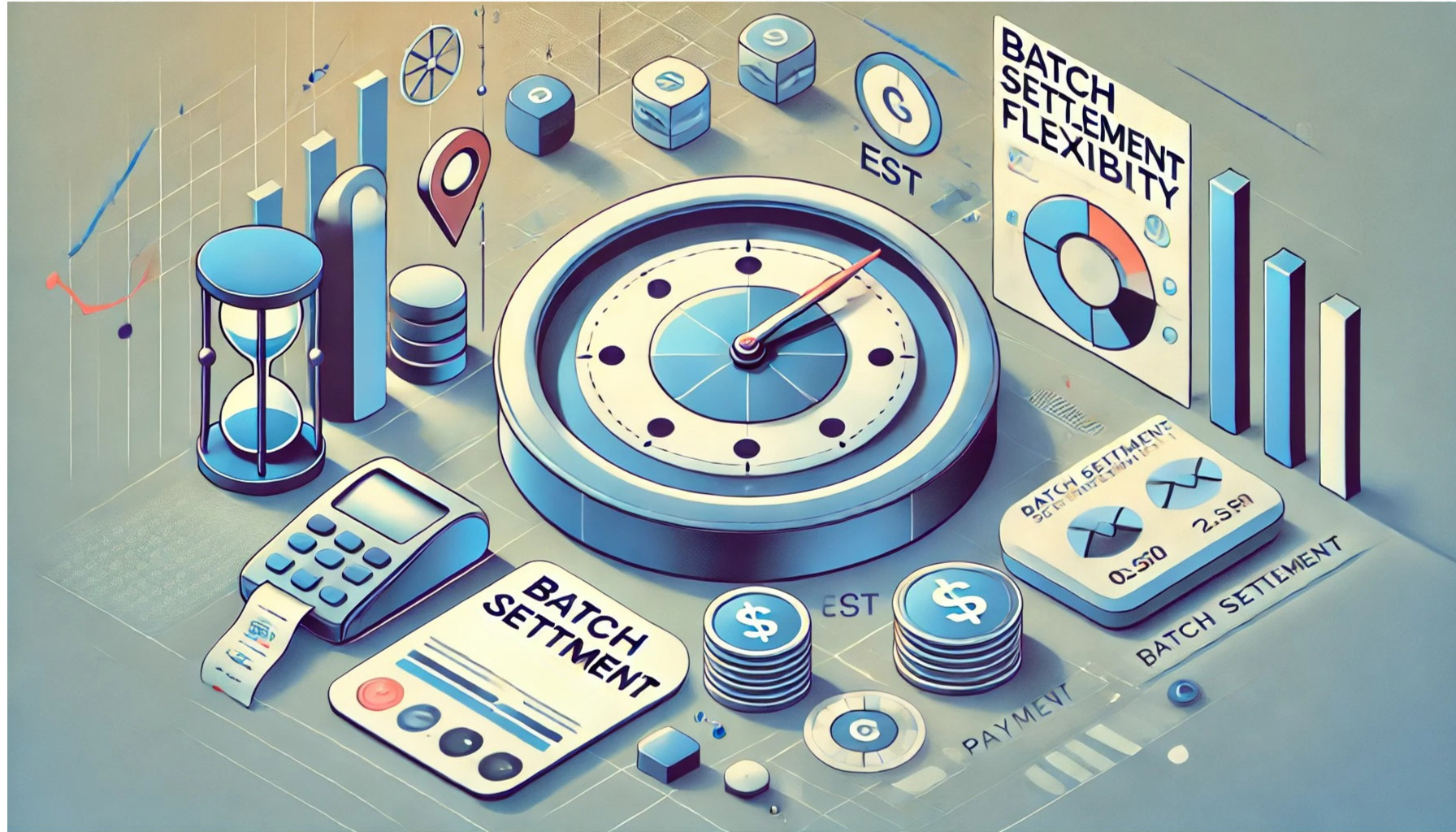If you’re building a SaaS platform that handles customer payments—whether it’s for memberships, subscriptions, services, or invoices—there’s a good chance you’ve wrestled with the question: Should we prioritize ACH or card payments?
The reality is, both options have a role to play. Cards offer speed and familiarity. ACH can deliver cost savings and efficiency at scale. The key is knowing when to lean into one versus the other—and how to create a frictionless experience that doesn’t make users choose between convenience and control.
Why Cards Are Still King—Sometimes
Credit and debit cards are the default for most consumers, and for good reason. They’re fast, widely accepted, and already saved in a dozen apps or browsers. For many users, clicking “pay” with a card number is second nature. That speed and ease is particularly useful for quick, consumer-facing transactions, or anywhere the goal is conversion without hesitation.
While card payments offer speed, convenience, and broad customer adoption, they also come with a few operational considerations. Processing fees can impact margins, particularly for high-ticket transactions or businesses with thin margins. Organizations that can’t surcharge and instead apply a “convenience fee” to card payments, risk driving customers toward less secure, slower alternatives—like mailing paper checks. Interchange fees add another layer of nuance. They vary based on card type, card network, level of detail provided, and other factors, making them difficult to predict consistently.
The ACH Advantage
ACH, or Automated Clearing House payments, is the infrastructure that moves money directly between bank accounts. It’s been around forever, but in the embedded fintech world, it’s having a bit of a moment—especially among SaaS platforms that want to improve margins and reduce reliance on traditional card rails.
For recurring payments, large transactions, or invoice-based billing, ACH is often the better option. It’s dramatically cheaper than cards, and when structured well, it can still offer a seamless user experience. But it’s not without its own friction. ACH payments typically require users to either log into their bank account through a secure flow, or manually enter routing and account numbers—a process that can slow things down, particularly in B2B scenarios where end users may not have immediate access to those credentials.
📊 ACH vs. Cards: A Quick Comparison
To help clarify when to use which method, here’s a quick side-by-side breakdown of ACH and card payments for SaaS platforms:
| Feature | ACH | Card Payments |
| 🧾 Ideal for | High-ticket items, Cost sensitive businesses | Quick conversion, Consumer familiarity |
| 💸 Fees | <1% | ~2–3% |
| 📊 Fee Recovery | Easier to absorb costs as fee-free option | Surcharging may be restricted by state or card network rules |
| ⏱ Settlement Time | 3–4 days | 1–2 days |
| 🔒 User Experience | Login or manual entry | Card number autofill |
This comparison highlights a simple truth: if you’re processing very large payments or running a business that is restricted from surcharging card fees, ACH could dramatically improve your margins. But cards still serve a vital role where speed and ease are paramount.
Giving Users a Choice: ACH, But Smarter
At Forward, we’ve seen firsthand how the right ACH implementation can unlock both flexibility and conversion. That’s why our Elements widget supports two distinct ACH experiences: bank login, for users who prefer a sleek, digital handshake with their financial institution, and manual entry, for those who just want to type in their routing and account numbers and move on.
This simple addition—letting users choose how they complete ACH payments—makes a measurable difference. In B2B platforms especially, many users don’t have online banking credentials handy. Manual entry brings accessibility and familiarity, while still maintaining compliance, validating bank accounts, and running real-time fraud checks behind the scenes.
Offering both ACH and cards also gives SaaS companies room to optimize. You might default to ACH for high-value transactions, and surface card payments for faster conversion use cases. The result is a flexible payment experience that meets customers where they are, instead of forcing them down a narrow path.
So, Which One Should You Choose?
The short answer: both.
Cards and ACH aren’t mutually exclusive—they’re complementary. Each brings unique benefits depending on your use case, your end user, and your revenue model. The real opportunity is in understanding how and when to use each one, and building a payment experience that makes those options feel intuitive, not intrusive.
For SaaS platforms aiming to monetize payments, the smartest strategy isn’t choosing one method over the other. It’s designing for optionality, building trust through flexibility, and removing friction without sacrificing control.
Embedded payments aren’t just infrastructure anymore—they’re product. And when done right, they’re a powerful growth lever.





